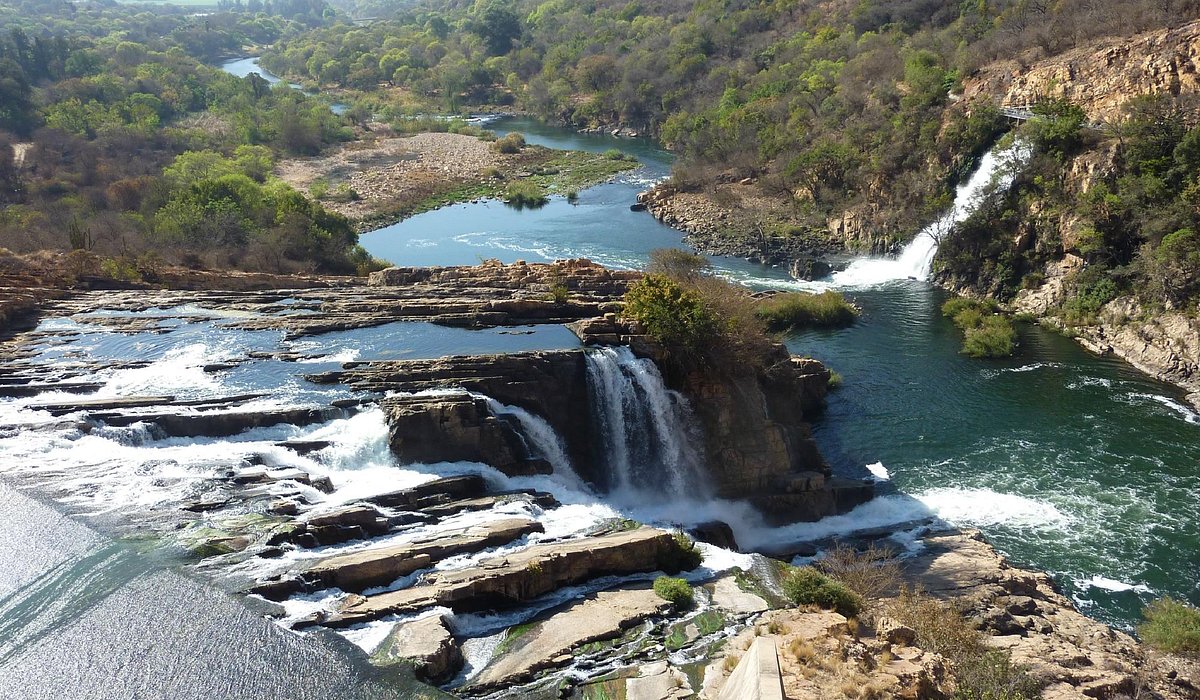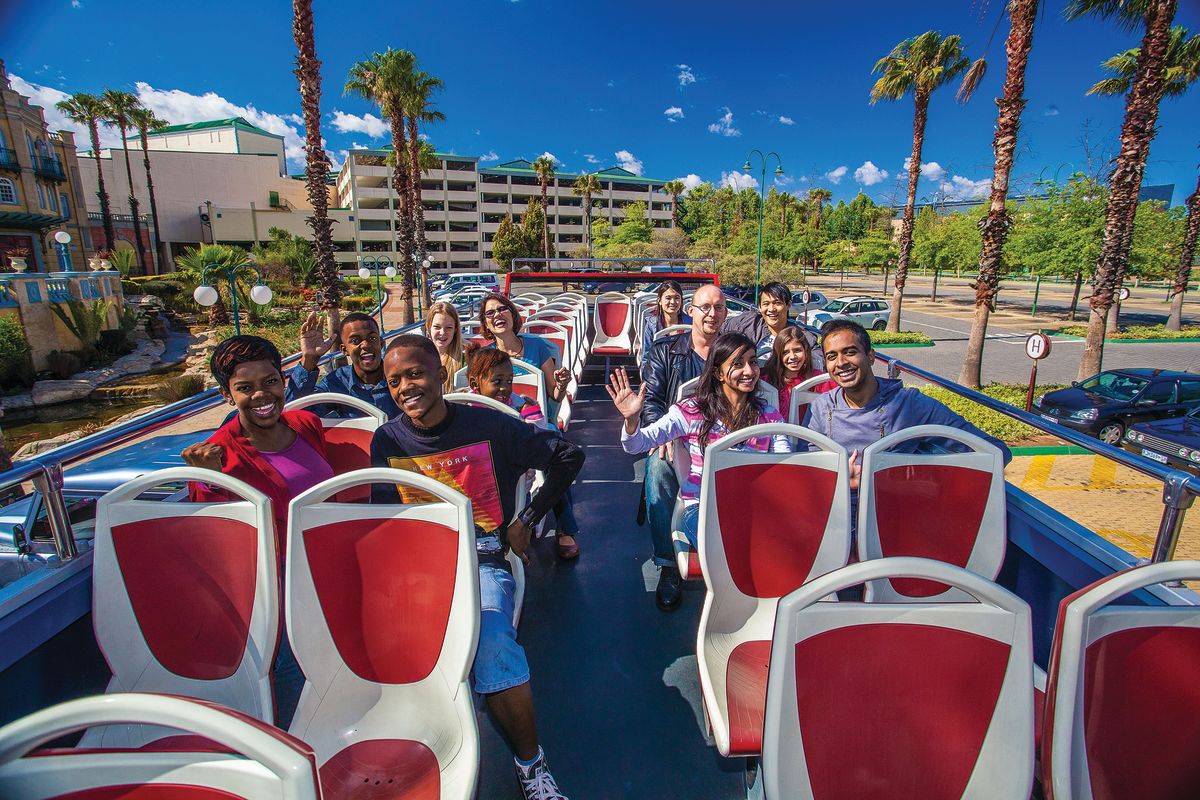Johannesburg North Attractions Fundamentals Explained
Johannesburg North Attractions Fundamentals Explained
Blog Article
8 Simple Techniques For Johannesburg North Attractions
Table of ContentsGetting My Johannesburg North Attractions To WorkTop Guidelines Of Johannesburg North AttractionsThe Main Principles Of Johannesburg North Attractions The 25-Second Trick For Johannesburg North AttractionsJohannesburg North Attractions Can Be Fun For EveryoneGetting The Johannesburg North Attractions To Work
The city expanded on the edge of the Witwatersrand Main Reef, a below ground stratum of gold-bearing quartz-silica empire that arcs for hundreds of miles beneath the Highveld - Johannesburg North attractions. Many of the gold mines in the city stopped procedure in the 1970s, however in its day the Witwatersrand gold industry accounted for even more than 40 percent of the world's annual gold manufacturing.Johannesburg has a temperate environment. Summer temperatures balance about 75 F (24 C); wintertime temperature levels average concerning 55 F (13 C) and just periodically dip listed below freezing. The city appreciates concerning 8 hours of sunshine per day in both winter and summer season. Rain standards about 28 inches (700 millimetres) per annum, however the complete differs significantly from year to year.
What rain the city gets drops virtually solely in the summer months, commonly in stunning late-afternoon electrical storms. Air pollution presents a substantial trouble, especially in the winter season, when thermal inversions hamper the westward circulation of air from the Indian Sea. Air pollution is most serious in the densely cleared up Black townships on the city's periphery, where numerous locals still count on coal for gas.

Getting My Johannesburg North Attractions To Work
The equilibrium of the city is inhabited by whites. Accommodation varies in character and top quality.
Physical growth, although rather restricted by transportation, continued quickly as immigration to South Africa, and Johannesburg in particular, raised substantially. This problem was solved in the 1930s when the automobile was introduced in mass production to South Africa. Vehicles were, for the a lot of component, constrained to the wealthy, and allowed them to relocate to the north of the city and commute into the centre.
Most inadequate residential areas were mixed, with poor blacks and whites living together, although the well-off suburban areas were generally booked for whites.
The approximated population of the region is 200,000, [] yet the variety of individuals staying in the central city on an informal basis is unknown, as many are illegal immigrants. A lot of higher-income citizens and white people have moved to the northern suburban areas and have actually been changed by lower-income black individuals. The joblessness, education, and age accounts of the area are all unknown, because of the difficulty of acquiring trustworthy details concerning the location.
Johannesburg North Attractions Fundamentals Explained
Centred on the CBD, the region includes the suburbs of Yeoville, Bellevue, Troyeville, Jeppestown, and Berea to the east. To the west it spreads out to Pageview (Johannesburg North attractions) and Fordsburg. There are small industrial parks to the south, such as City West-Denver and Benrose. Around 800,000 commuters travel through the central city everyday, and it works as a local purchasing node for visitors from the southern residential areas. Yeoville and Bellevue have a mix of apartment or condo structures and single household systems on little whole lots. The region is located on a mountainous divide that ranges from east to west. One of the most obvious geographic attribute is Observatory Ridge, which is named for the large observatory situated visite site on it. The pop over to this site recreational spaces are no more used, as a result of security problems.

6 Simple Techniques For Johannesburg North Attractions
R. Tambo International Airport). The eastern suburban areas are a few of the earliest areas of Johannesburg, there are big areas of Jewish and other European backgrounds, most of the populace is English speaking. There are three golf links as well as a variety of protected ridges with viewsites. There are numerous well-developed and up-market home entertainment and purchasing locations in the east such as the Eastgate Mall and the Greenstone mall.
The location is primarily made up of old "matchbox" homes, or four-room residences built by the federal government, that were useful content developed to provide economical lodging for black employees throughout racism. Soweto is an abbreviation, representing "South Western Townships". Road after road in this field is lined with matchboxes; nevertheless, there are a couple of smaller sized locations where flourishing Sowetans have developed residences that are a lot more comparable in stature with those in even more upscale suburban areas.
Hostels are an additional noticeable physical feature of Soweto. Originally developed to house male migrant employees, many have actually been enhanced as houses for couples and family members. The N1 Western Bypass skirts the eastern border of Soweto. The residential area was not historically permitted to produce employment centres within the location, so mostly all of its locals are commuters to various other components of the city.
How Johannesburg North Attractions can Save You Time, Stress, and Money.
The N1 Western Bypass connects the north residential areas with the north-western residential areas. The suburbs in the north suburbs are primarily formal, without any significant locations of casual real estate, or real estate that does not have an irreversible structure. Although this is a recognized area, there is a trend of land use modification from domestic to business, specifically along main arterial roads and around well established nodes.
The location is well connected to roadway networks, specifically along the north-south axis developed by the M1 and N1. Roads to the east and west are much less well created, as there are no highways travelling because direction. Towards the northern border of the city, the thickness of advancement reduces, leaving big locations of untaught land around Midrand.
The Of Johannesburg North Attractions
, which is located on a hill overlooking the internal city and Hillbrow.
Report this page